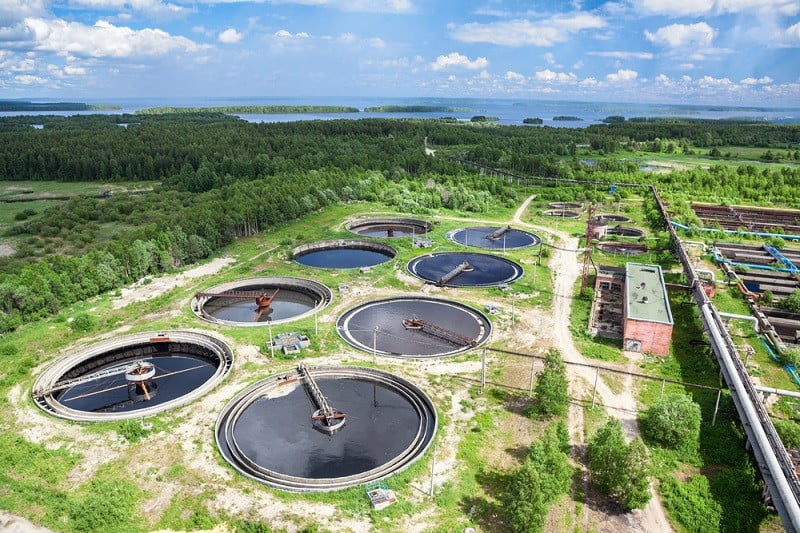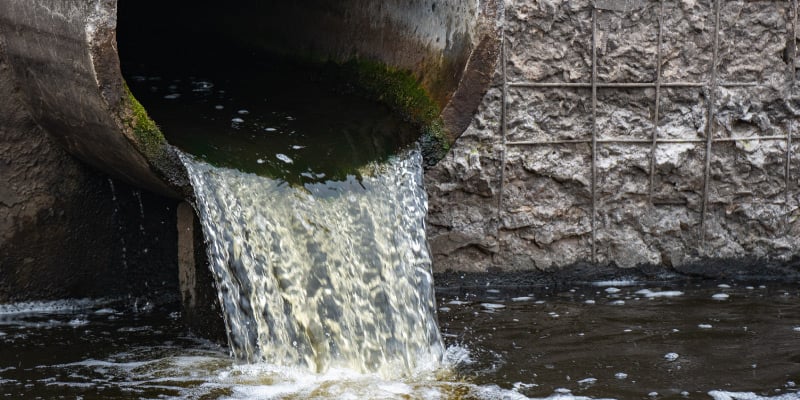Specialist Liquid Waste Removal Melbourne: Maintaining Your Environment Clean
Specialist Liquid Waste Removal Melbourne: Maintaining Your Environment Clean
Blog Article
How Fluid Garbage Disposal Works: A Detailed Overview of Techniques and Technologies Employed

Review of Liquid Waste Types
The complexity of fluid waste kinds demands an extensive understanding of their attributes and ramifications for disposal. Liquid waste can broadly be categorized right into numerous kinds, including industrial, municipal, farming, and contaminated materials. Each group displays unique homes, requiring particular management strategies to minimize ecological and health and wellness risks.
Industrial fluid waste originates from manufacturing procedures and commonly consists of a variety of impurities, such as hefty metals, solvents, and natural compounds. Community fluid waste, mostly making up wastewater from households and business establishments, has raw material, nutrients, and pathogens (industrial wastewater treatment). Agricultural fluid waste, including runoff from ranches, may contain plant foods, pesticides, and pet waste, posturing dangers to water quality and ecosystems
Unsafe liquid waste is defined by its poisoning, sensitivity, or possible to cause damage. Comprehending these varied fluid waste kinds is essential for establishing reliable disposal approaches and guaranteeing compliance with environmental guidelines.
Physical Therapy Methods

Testing is the initial step, where larger bits and debris are removed from the fluid waste making use of displays or grates. In sedimentation storage tanks, heavier fragments work out at the bottom, creating a sludge layer, while the cleared up fluid can be additional treated.
Purification is one more vital technique that entails passing the liquid through permeable materials, such as sand or membrane layers, to capture smaller sized particles. This action enhances the top quality of the liquid, making it ideal for subsequent therapy processes.

Chemical Therapy Techniques
Chemical therapy techniques are crucial for efficiently managing liquid waste, particularly in attending to dissolved and colloidal pollutants that physical approaches may not adequately eliminate. These strategies utilize different chemical agents to reduce the effects of, speed up, or transform dangerous materials right into less dangerous kinds.
One common technique is coagulation and flocculation, where chemicals such as alum or ferric chloride are included in promote the aggregation of put on hold fragments. This process improves sedimentation, enabling for less complicated removal of the resulting sludge. Additionally, oxidation processes, using representatives like chlorine or ozone, are used to break down complex organic substances and microorganisms, providing the waste more secure for discharge or more treatment.
Neutralization is one more essential technique, which adjusts the pH of acidic or alkaline waste streams to neutral levels, stopping possible injury to downstream systems and the setting. Furthermore, advanced oxidation processes (AOPs) utilize combinations of oxidants and ultraviolet light to deteriorate consistent contaminants, accomplishing a greater level of treatment effectiveness.
Organic Therapy Procedures
Organic therapy procedures play an essential function in the administration of liquid waste by using bacteria to disintegrate organic matter and decrease contaminant levels. These procedures can be generally classified right into anaerobic and cardiovascular treatments, each employing specific microbial communities to attain effective waste degradation.
Aerobic treatment entails using oxygen to promote the failure of natural materials by bacteria. This procedure is generally carried out in triggered sludge systems, where oygenation storage tanks offer a conducive setting for microbial development, causing the oxidation of organic pollutants. The resultant biomass can be divided why not find out more from treated effluent through sedimentation.
On the other hand, anaerobic therapy happens in the absence of oxygen, relying upon different microorganisms to break down raw material. This method is specifically beneficial for high-strength waste, as it generates biogas, a renewable resource resource, while decreasing sludge manufacturing. Technologies such as anaerobic digesters are often employed in commercial and municipal applications.
Both anaerobic and aerobic organic treatments not just reduce the ecological impact of fluid waste but likewise facilitate resource recuperation, making them crucial elements of lasting waste management methods. Their effectiveness, flexibility, and effectiveness support their extensive application throughout various industries.
Arising Technologies in Disposal
Cutting-edge approaches to liquid waste disposal are quickly advancing, driven by advancements in innovation and a boosting focus on sustainability. Amongst these emerging technologies, membrane bioreactors (MBRs) have gotten grip for their capacity to incorporate organic treatment with membrane filtering, leading to high-grade effluent that can be recycled in various applications. MBRs enable smaller footprints and much more effective operations compared to conventional systems.
One more appealing development is making use of anaerobic digestion combined with nutrient recovery innovations, which not only treats fluid waste yet additionally creates biogas and recoups useful nutrients like nitrogen and phosphorus. This double benefit enhances resource effectiveness and decreases ecological effect.
Furthermore, progressed oxidation processes (AOPs) are being adopted for the deterioration of complex natural toxins. These approaches make use of powerful oxidants and drivers to damage down contaminants at the molecular level, using a highly reliable option for difficult waste streams.
Furthermore, the integration of expert system and device learning in waste monitoring systems is enhancing operational performance and predictive upkeep, causing decreased prices and enhanced environmental conformity. These technologies mirror a considerable change towards even more lasting and effective fluid waste disposal methods.
Conclusion
In verdict, effective fluid waste disposal requires an extensive understanding of numerous methods and modern technologies. The combination of physical, chemical, and organic treatment approaches guarantees the reliable management of varied waste kinds. Moreover, the emergence of ingenious modern technologies straight from the source enhances treatment efficiency and promotes sustainability in waste administration techniques. By continuously advancing these techniques, it becomes check possible to resolve the growing difficulties related to liquid waste, eventually adding to environmental security and source recuperation.
Liquid waste disposal is a crucial element of environmental administration, needing a detailed understanding of numerous strategies and modern technologies customized to various waste kinds. Fluid waste can extensively be categorized into several types, including commercial, metropolitan, farming, and unsafe waste. Agricultural fluid waste, consisting of overflow from farms, may contain fertilizers, chemicals, and pet waste, posturing threats to water top quality and environments.
Different physical therapy approaches play an important role in managing liquid waste properly - industrial wastewater treatment.In final thought, effective liquid waste disposal demands a thorough understanding of numerous methods and technologies
Report this page